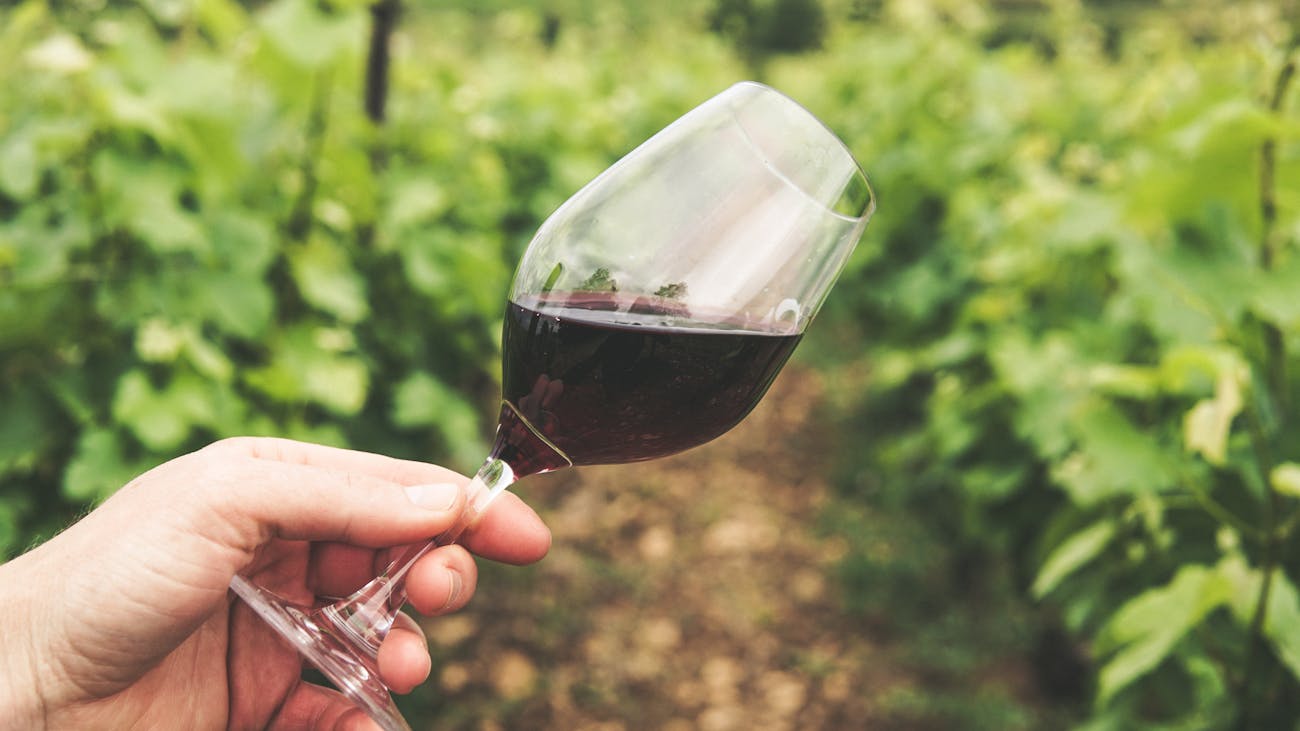Wine, with its rich history and complex flavors, has captivated humanity for centuries. It evolved from a simple beverage to a symbol of culture, tradition, and sophistication. Beyond its role as a delightful libation, wine is steeped in intriguing facts and anecdotes that shed light on its production, consumption, and cultural significance. This exploration will uncover five interesting facts about wine that showcase its multifaceted nature and enduring allure.
1. The Oldest Known Winery
The oldest known winery dates back to around 6,000 BC in Armenia, where archaeologists discovered a large vat and wine press. This ancient winery provides fascinating insights into the history and evolution of winemaking, showcasing humanity's enduring relationship with this beloved beverage. Today, wine enthusiasts can explore and appreciate this rich heritage while enjoying modern conveniences such as the ability to buy wine online from around the world. As you raise a glass to toast to the past, present, and future of winemaking, you celebrate the timeless appeal and cultural significance of this cherished libation.
2. The Impact of Oak Aging on Wine
Oak aging is a crucial step in the winemaking process, imparting distinct flavors and aromas to the wine. Oak barrels are prized for their ability to add complexity, structure, and depth to the wine, with the type of oak and the level of toast influencing the final product. The delicate spice notes and elegance of French oak make it a sought-after wood, while the more prominent vanilla and coconut aromas are often imparted by American oak. Also, depending on the flavor of the wine, the amount of time that wine spends maturing in oak barrels may range from a few months to a few years. Oak aging is essential in developing the personality of wines, from Chardonnay's oaky undertones to Cabernet Sauvignon's cedar scents.
3. The Science Behind Cork Taint
Cork taint, caused by the presence of a compound called trichloroanisole (TCA), is a common issue that affects wines sealed with cork closures. TCA can develop when the natural cork comes into contact with chlorine-based cleaning agents or mold during the production process. When present in wine, TCA imparts off-putting aromas and flavors, such as mustiness, damp cardboard, or wet dog, detracting from the overall quality of the wine. While advancements in cork production and quality control have reduced the incidence of cork taint in recent years, alternative closures such as screw caps and synthetic corks offer viable solutions for preserving wine integrity.
4. The Influence of Climate on Wine Styles
Climate plays a significant role in shaping the style and quality of wine, with variations in temperature, rainfall, and sunlight impacting grape ripening and flavor development. Cool-climate regions, characterized by moderate temperatures and a shorter growing season, produce wines with higher acidity and lighter bodies, such as Pinot Noir and Riesling. Conversely, warm-climate regions, with ample sunshine and higher temperatures, yield wines with riper fruit flavors, fuller bodies, and softer tannins, such as Cabernet Sauvignon and Syrah. Understanding the influence of climate allows winemakers to select suitable grape varieties and vineyard sites, ensuring optimal ripening conditions and the production of high-quality wines.
5. The Art of Sparkling Wine Production
The production of sparkling wine involves a complex and labor-intensive process known as méthode traditionnelle or traditional method. After primary fermentation, a mixture of yeast and sugar is added to the base wine, initiating a second fermentation in the bottle. As fermentation progresses, carbon dioxide is trapped, creating bubbles that give sparkling wine its effervescence. The bottles are then aged on their lees for some time, allowing the wine to develop complexity and depth of flavor. Finally, the sediment is removed through a process called riddling, and the bottles are corked, sealed, and ready for enjoyment. From the iconic Champagne houses of France to the sparkling wine producers of California and beyond, the art of méthode traditionnelle continues to produce some of the world's most celebrated and beloved wines.
Conclusion
Wine is a beverage that transcends time and place, offering a rich tapestry of history, science, and culture for enthusiasts to explore and enjoy. Whether marveling at the ancient origins of winemaking in Armenia, pondering the influence of oak aging on flavor profiles, or savoring the complexity of méthode traditionnelle sparkling wines, the world of wine is filled with fascinating facts and discoveries waiting to be uncovered. As we raise our glasses in celebration, let us toast to the enduring allure of wine and the endless discoveries that await those who venture into its captivating realm.


Social Plugin